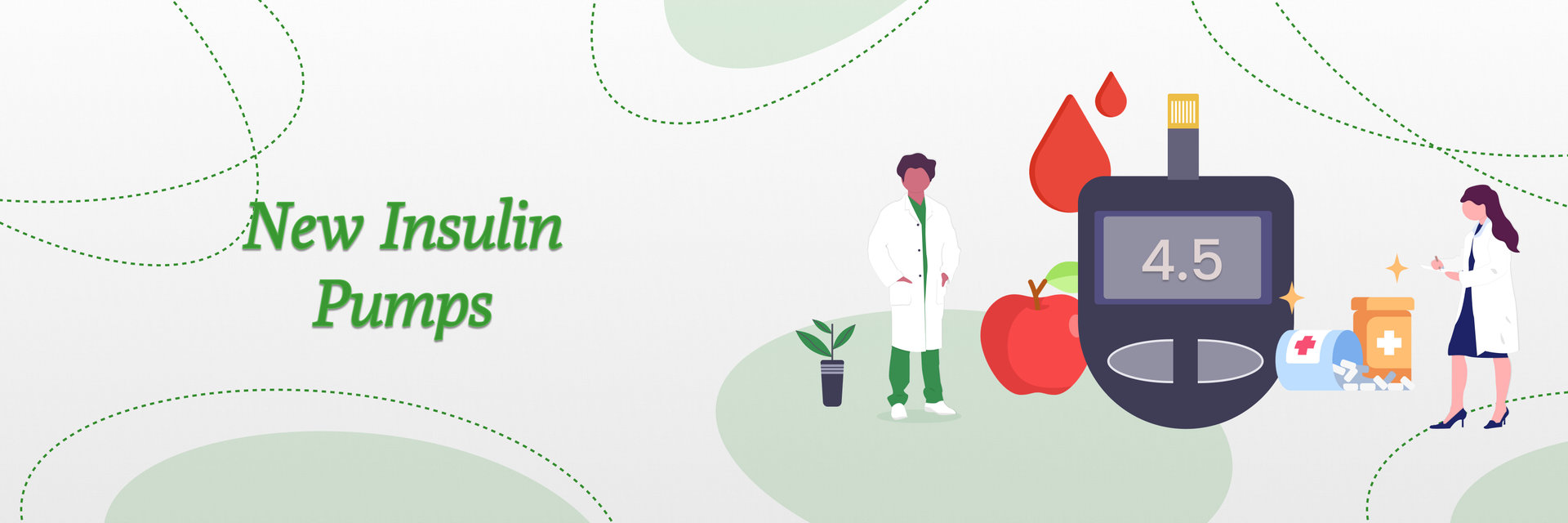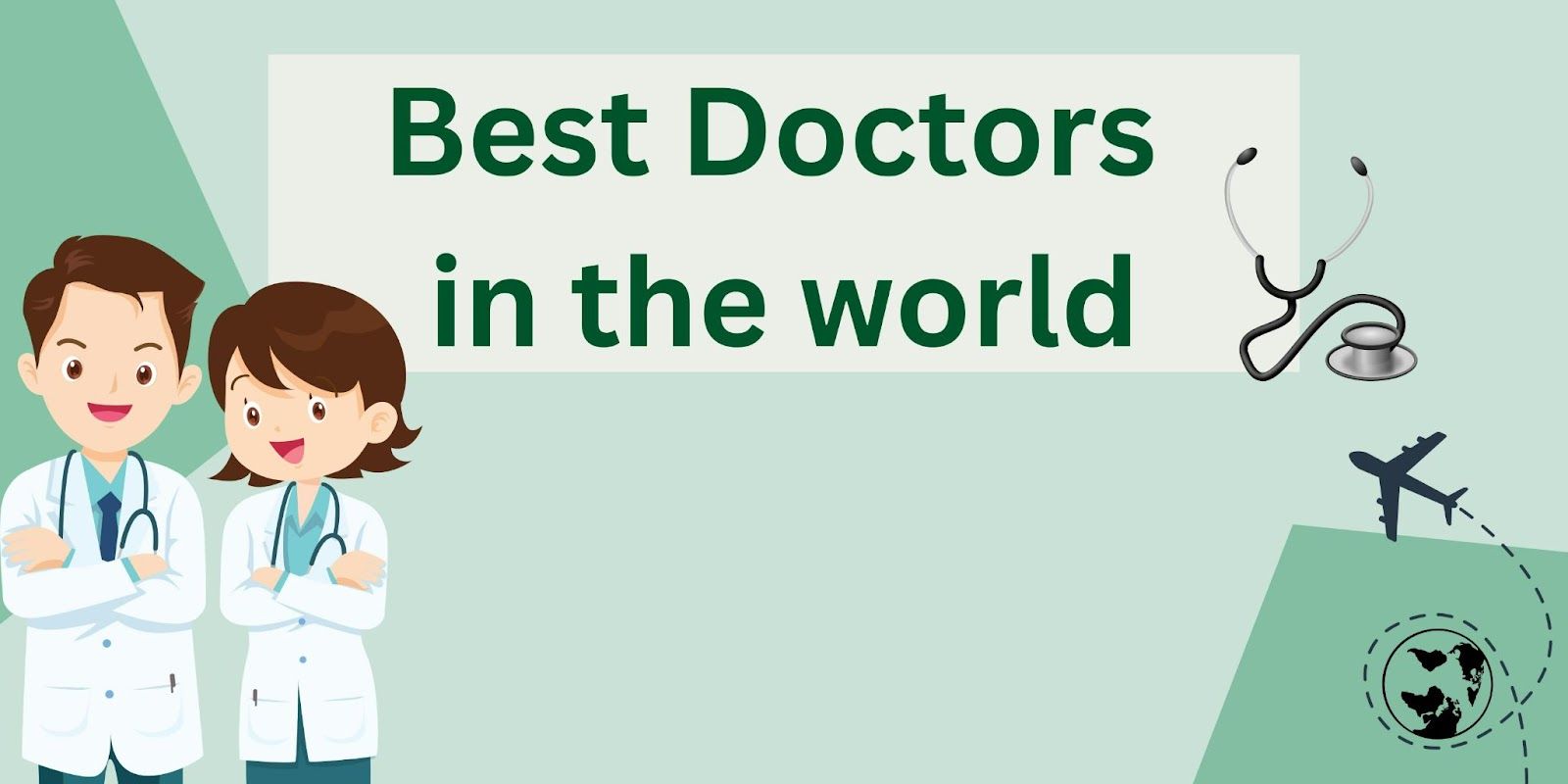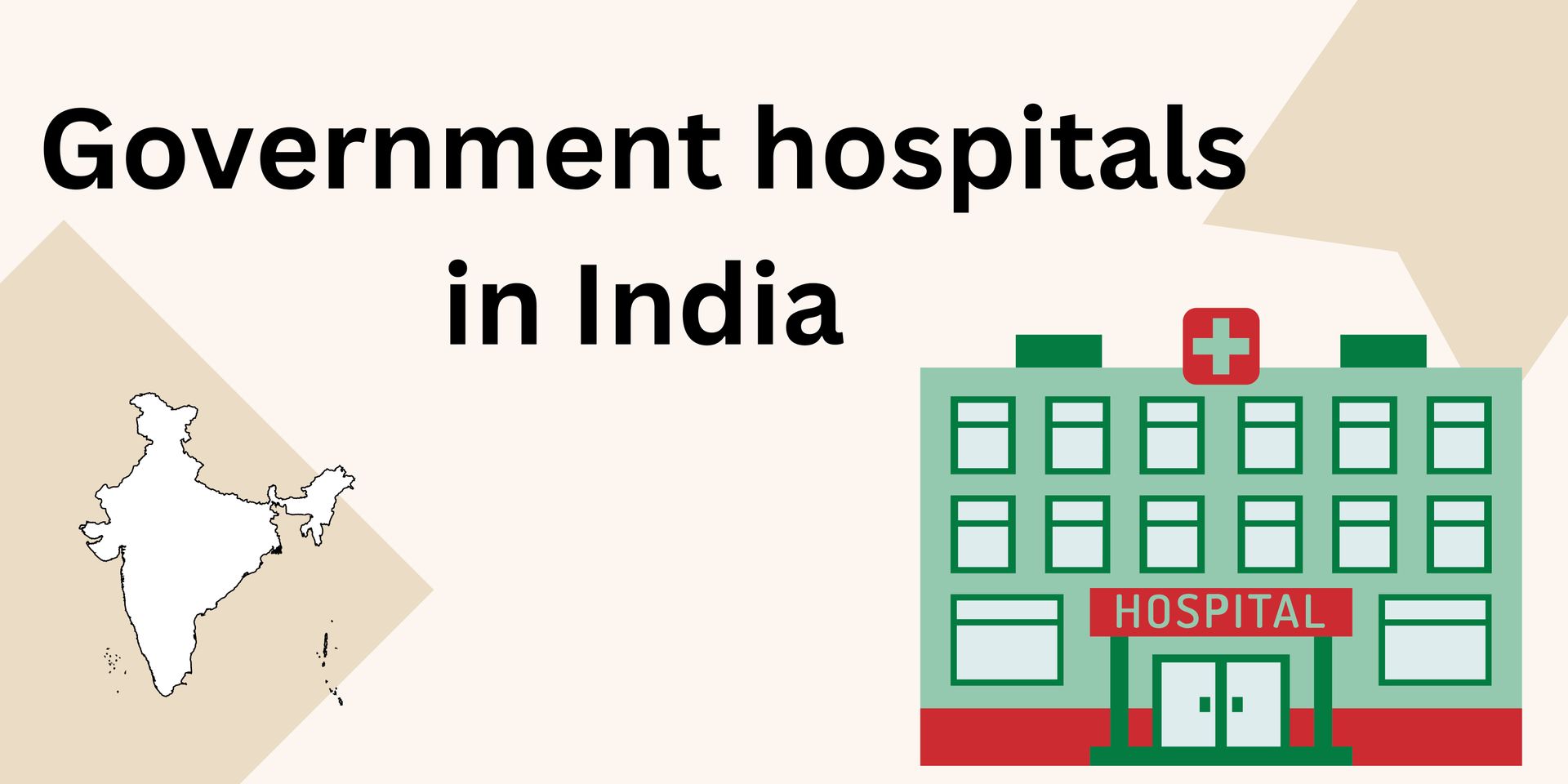Overview
The healthcare industry has experienced tremendous changes in the past years, which were evoked by a high rate of technological development. The convergence between healthcare and technology is making huge strides not only in better treatment and diagnosis of patients but also in its improvement of efficiencies and availability of medical needs. The digital age is transforming how we view health and wellness, with everything having a place, including AI-provided diagnostics, this wearable technology, and telemedicine.
In this piece, we will take a closer look at the vibrant relationship between the healthcare industry and the world of technology as a whole, paying particular attention to the revolutionary way in which new technologies offered by Pippit, e.g., AI video generator or video cutter, can continue to transform the process of patient communication, the sphere of medical training, and so on.
The Digital Evolution in Healthcare
With the inclusion of technology in the healthcare industry, both the health practitioners and patients have altered during the process. The advent of electronic health records (EHRs), robotic surgeries, mHealth, and telehealth technologies has made a massive contribution to the quality of medical services.
Artificial intelligence (AI) is one of the most innovative developments. This is self-explicable since AI is now the center of many innovations in healthcare involved in early disease diagnosis, prediction, and personalized treatment plans. Artificial intelligence can process large quantities of medical data in real-time and can supply healthcare professionals with the information that otherwise could not be delivered as fast and precisely.
Enhancing Medical Communication Through Video Technology
Effective communication is the most important thing in healthcare. Video content is something that has been made strong, whether it is informing patients of a diagnosis or training a medical staff.
AI video generator, such as the one provided by Pippit, are gradually becoming popular tools in hospitals and clinics to effectively reach customers via visually appealing and informative content. Such tools enable healthcare providers to create high-quality, personalized videos explaining the medical process, presenting successful cases of patients, or providing people with information on their health.
Using an AI video generator by Pippit is also advantageous due to its effectiveness and flexibility. In a couple of prompts, healthcare marketers or educators can produce videos of professional series, which can be shared on a variety of platforms. The customization of voice and subtitles will allow Pippit AI video generator to help to convey complex information in a friendly manner since it will be associated with the Automated voiceovers and the introduction of adorable and humorous characters throughout transitions will help the storytellers be more creative.
Telemedicine: Bridging the Gap
Possibly the most striking one in relation to technology is telemedicine. Easy, but also necessary, especially in the case of the COVID-19 pandemic, was replacement by virtual consultations. The possibility to be able to talk to a doctor over the distance has provided people outside big cities with access to healthcare.
Video functional services like the one provided by the Pippit platform also assist medical practitioners in providing more concise and understandable video consultations. Assuming, of course, that a doctor has the ability to write and publish a detailed description of each post-diagnosis explanation, he can still use a video cutter to remove whatever is unnecessary so that the video remains focused and to the point.
A video cutter can guarantee the level of professionality of the final product, making it polished, easy to comprehend, and professional, which also raises the general experience on the part of the patient. It will also enable the clinics to have central storage of videos among the FAQs and follow-up instructions or well-being suggestions.
Medical Training and E-Learning
A video plays a crucial role in medical training. Visualization of procedures and anatomic structures, as well as lifelike emergencies, allows students and practitioners to acquire knowledge in a more efficient way. Teachers do not require costly equipment or technical knowledge to generate engaging educational resources since Pippit allows them to use the existing AI technology to generate interactive videos.
The introduction of animations, annotations, and simulated patient interactions in these videos will prove useful to the retention of the taught content since it makes it far more relatable. Using AI-powered content creation in conjunction with powerful video editing capabilities by utilizing the abilities of the video cutter offered by Pippit, like trimming, captioning, and voiceovers, allows trainers together with other laws from throughout the globe.
Video-based learning platforms have proved to be valuable, more so at this time when medical professionals need continual learning, more so due to the increasingly high rates of occurrence of new diseases and new ways of approaching treatment.
Wearable Technology and Real-Time Monitoring
Wearables have emerged as a foundation of contemporary preventive care. Fitness trackers, smartwatches, biosensors, and other devices provide real-time information about heart rate, oxygen level, sleep patterns, etc. This information could be exchanged with medical care experts so that remote tracking and intervention could be possible.
Also, most wearable gadgets support a video integration feature. Suppose your patient encounters an abnormal heart rate; they could take a quick sample with a wearable video device and turn it over to their cardiologist. In this case, such tools as Video Cutter by Pippit are indispensable to the refinement of such videos before sharing so that only the most appropriate clips have to be sent.
These efficient communication activities enhance patient interaction and confidence in the care system and increase the rate and precision of diagnosis.
Data Privacy and Security
With the increasing number of technologies penetrating the healthcare workflow, data privacy and security should be the most important concern. Requirements to manage personal health information in a secure manner are established through the Health Insurance Portability and Accountability Act (HIPAA) in the U.S.should ensure that the content is instructive and palatable.There are these strict guidelines that have to be followed with the video content, particularly the ones that involve the patients. Fortunately, new video platforms and AI tools are coming into the market, with some integrated with encryption, secure share systems, and data compliance tools that keep sensitive material away and guard against it. Medical facilities need to keep track of these characteristics to be trusted and law-compliant.
Challenges and Ethical Considerations
Even though the crossover between technology and healthcare has as many advantages as possible, there are also dilemmas:
Nevertheless, the risks are well worth the benefits. Provided that these issues become resolved proactively, the opportunities for beneficial influence should be huge.
The Future Outlook
In the future, technology in healthcare is going to be an even stronger force. Video editing platforms, AI, big data analytics, and VR become even more closely related to medical processes.
To envision the future:
Policymakers provide video feedback on their health visits.
- Educational live-streaming of surgeries is carried out with the help of multiple high-definition video tools.
- Using AI, it is possible to create a unique video with care specifications for each patient after leaving the hospital.
This is no longer just a dream of the future, as it is soon fast turning into a reality courtesy of platforms such as Pippit, which have already provided versatile tools such as the AI video generator and video cutter.
Conclusion
The mating of health and technology is transforming the health prevention, diagnosis, treatment, and management approach. Healthcare providers will be able to communicate, train, and deliver their edible services better than before with such powerfully efficient tools as the AI video generator of Pippit and video cutter.
The digital age is shifting, and it is not only possible but also a mandatory step towards institutions that want to offer the pinnacle of modern medical care that is patient-centered. Healthcare transformation is a process just started, and it is all bright and healthy as long as there is the right technology at hand.







